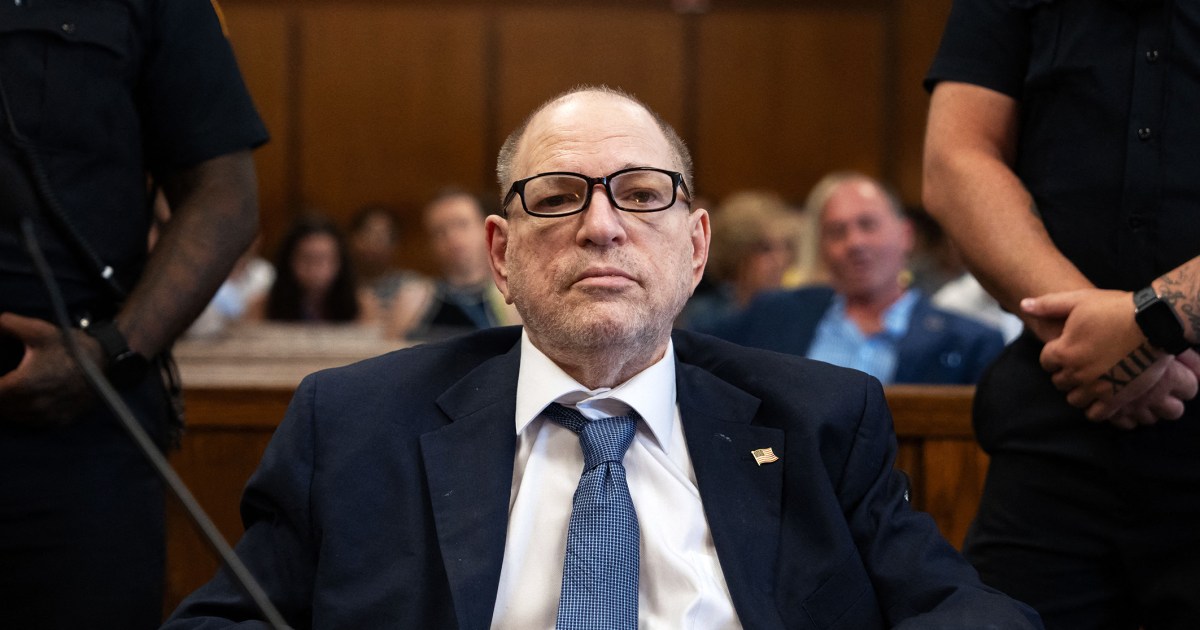What challenges does the consortium address?
Dr Spence: The EI workforce shortage is at a critical level. The consortium has made it a priority to develop partnerships between Virginia’s higher education programs and the EI system to support students who can be future EI professionals. Field experiences are invaluable opportunities for higher education students to learn about EI. However, we recognize the time constraints, staff shortages, and stress faced by EI providers that could impact their ability to host higher education students for internships. A state Part C EI program staff member representing the state’s technical assistance team is part of the consortium to help both higher education and local programs understand each other’s needs.
As a state, Virginia’s EI system includes forty local systems. While all operate under the oversight of the state EI system under an annual contract, each EI system is locally autonomous. Differing local lead agencies, funding, and staffing structures make it difficult to comply with internship requirements such as agreements and screening requirements (e.g., agency onboarding policies, criminal background checks, fingerprinting, etc.).
Many universities have moved their preparation programs online. While this has many benefits, it also means that meeting the above requirements may now require statewide, rather than just locally (near the respective university), driven adaptations for internships and developing new relationships across the state.
What are the main topics addressed by the consortium?
Director Hill: The consortium places emphasis on relationships, communication, and preparation. High priority is given to ongoing dialogue between IHEs and local EI systems; identifying consistent processes for university internships for student fieldwork; and embedding EI content in coursework prior to field experiences. Focus groups among consortium members and local EI system leadership emphasized the importance of building collaborative relationships through improved and frequent communication as the most effective way to adequately prepare future early interventionists.

How has the consortium’s work in Virginia led to changes to better support the early intervention system?
Dr Spence: Through participation in the consortium, educators across Virginia have built stronger relationships that positively impact students in higher education through improved curricula and hands-on experiences. The deliberate focus on infants and toddlers has balanced the curriculum so that the focus is not so much on preschool children with disabilities, which is important given the focus of admissions on birth to five years of age.
State Part C office staff also participate in the consortium, providing a direct link between workforce preparation and practitioners. As a result of these efforts, local EI system managers are also partners in collaborative problem-solving efforts to support high-quality EI placements. A symbiotic relationship now exists. Topics of state Interagency Coordinating Council meetings include workforce recruitment and retention issues, and state staff bring workforce preparation issues to the consortium.
Consortium members are deeply engaged at the local, regional and national levels, where we present and publish together. Faculty members have embraced a spirit of “collaboration, not competition.”
What policy changes are still needed to support the early intervention system?
Dr. Walter: To truly make progress on policy, we need policies that promote early childhood years and recognize disability as a natural part of the human condition. Policies must also provide access and accommodations, support new families, fully fund IDEA, and promote pay equity. Recruiting and retaining the EI workforce is critical. Awareness of EI, both among families and potential practitioners as a career opportunity, is critical. EI practitioners must be highly trained to provide disability services, which requires significant investment in higher education. Once in the field, mentoring is essential to support systems-level issues, including collaboration between agencies that can support access to EI.
What was the trigger for the creation of the consortium and what had to happen for it to be established?
Director Hill: Part C of the IDEA requires each state to have a comprehensive system of workforce development (CSPD) to ensure an adequately prepared EI workforce. Virginia’s CSPD is contracted by the state EI office to the Partnership for People with Disabilities through the Virginia Early Intervention Professional Development (VEIPD) Center. For the past two decades, Virginia’s CSPD has contracted to collaborate with IHEs on current EI practices and resources. During those twenty years, teachers preparing EI and early childhood special education students and the CSPD coordinator met to discuss how to increase the quantity and quality of the EI workforce. Although relationships and commitment to growing the workforce were strong, structure and consistency for collaboration were limited.
IHE faculty met for a joint institute where they shared EI resources that could help students gain better knowledge and skills. They agreed that a coordinated, less competitive effort between universities and faculty was needed to increase fieldwork opportunities. By spring 2020, state IHEs were hiring more faculty who had professional experience as EI practitioners themselves, increasing interest in focusing on the EI workforce, and the consortium was formed. The consortium now includes faculty from seven Virginia universities in education, early childhood special education, occupational therapy, physical therapy, and speech pathology.
Would you like to say something about the importance of the consortium and early intervention?
Dr. Walter: The consortium’s goals for the next five years focus on creating a strong platform to foster ongoing relationships as well as creating new relationships to improve the EI workforce in Virginia. We know that change takes time, and we know it will take a unified, collaborative effort to create the changes we desire. It is critical that we continue to engage in discussions across institutions and programs and prioritize diverse, interdisciplinary perspectives to improve the quality and quantity of the EI workforce, as that is our ultimate goal.
Subscribe to New America’s Early Ed newsletter for our latest analysis and a roundup of early ed news from across the country.




